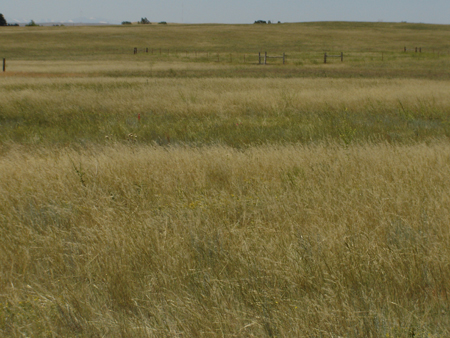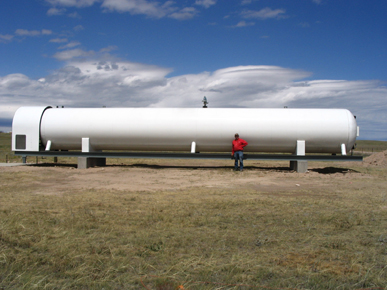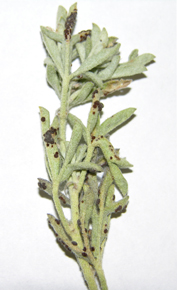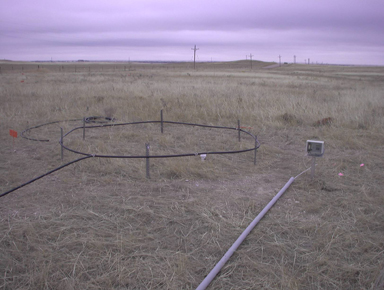Microbial plant pathogens as modulators of global change. |
|
Study Species
Collaborators (Primary)
|
|
The Prairie Heating and CO2 Enrichment (PHACE) experiment started in spring 2006. This experiment tests the joint effects of elevated atmospheric CO 2 concentration, climatic warming, and plant invasions on a northern mixed grass prairie ecosystem. It controls CO 2 concentration using free air CO 2 enrichment (FACE) technology, temperature using ceramic heaters, and invasion by a major rangeland weed, dalmation toadflax (Linaria dalmatica). We have begun to collect data on both foliar fungal pathogens and viruses. The experiment is located outside of Cheyenne WY, just across the Colorado border, and is run out of the USDA-ARS Rangelands Resources Research Unit in Fort Collins. It has initial funding to run through 2010. There are many investigators on the project who are looking at numerous other aspects of the system’s ecology, so this is a great opportunity to link disease dynamics to other areas of ecology, particularly biogeochemistry and plant ecophysiology. |
|
| | |



